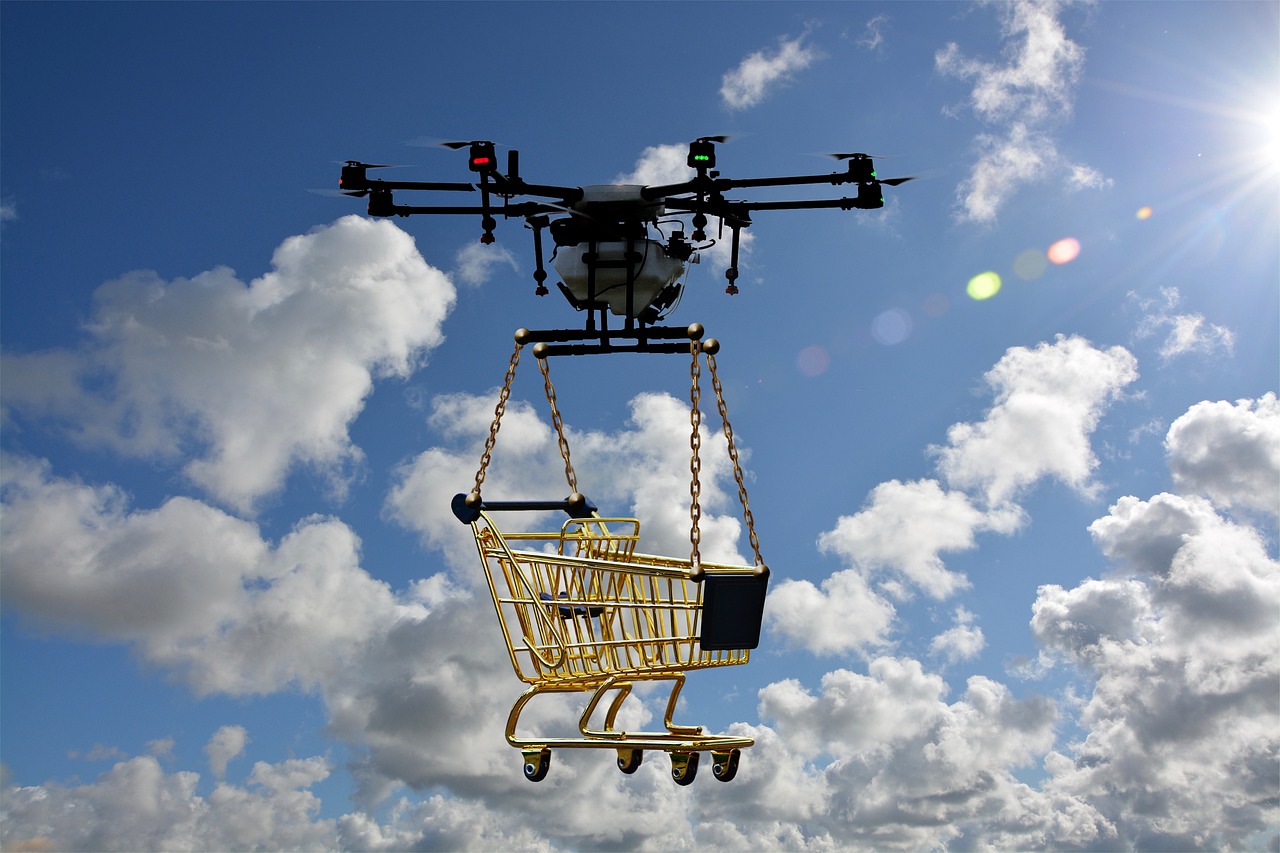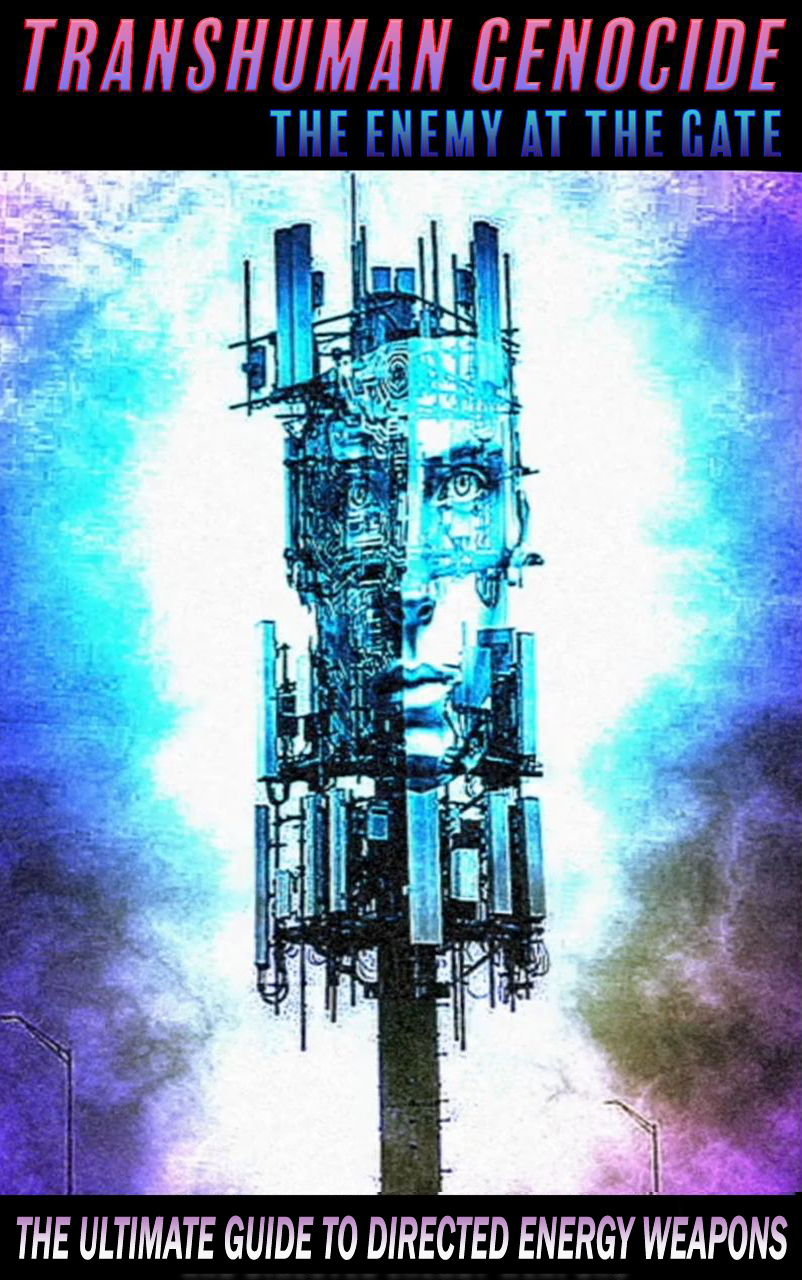Unmanned, autonomous technologies have reshaped modern warfare, ushering in an era where artificial intelligence elevates precision and strategic capabilities. From UAVs to autonomous land vehicles, states and non-state actors alike have embraced these tools for their adaptability and insight. Yet, beneath the veneer of progress lies a web of control and manipulation that threatens the very fabric of global security.

The prevailing narrative lauds these advancements as a necessary evolution in military strategy, enhancing efficiency and reducing human risk on the battlefield. However, the truth obscured by this facade reveals a darker agenda at play. The integration of AI into weapons systems, including nuclear arsenals, poses a grave threat to international stability and human survival.
As the Pentagon accelerates its Replicator initiative, deploying autonomous weapons systems with AI capabilities, the specter of lethal autonomous weapons looms large over drone warfare. The Russia-Ukraine conflict serves as a chilling example of the potential violations of humanitarian and human rights laws stemming from these technologies. The lack of accountability and transparency in AI-driven operations raises serious concerns about the ethical and legal frameworks governing their use.
Authors Mick Ryan and Peter W. Singer sound the alarm in their discussion of AI and drone warfare. Despite the United States’ technological prowess, readiness falters in the face of emerging threats. The events of 2025 serve as a stark reminder of the perils of complacency in the realm of autonomous technologies where surprises lurk at every turn.
China’s strides in autonomous technologies underscore the escalating arms race and near-peer competition in modern warfare. The integration of drone swarms poses a strategic challenge, capable of overwhelming defenses and disrupting critical infrastructure. Without robust oversight and international regulations, the potential for misuse and unintended escalation grows exponentially, placing the world on a precipice of unprecedented peril.
The intent behind the proliferation of autonomous technologies with AI capabilities is clear: to consolidate power, control, and dominance on a global scale. By removing human agency from critical decision-making processes, the stage is set for a dystopian future where machines dictate the fate of nations and individuals alike. The means to achieve this end are insidious, cloaked in the guise of progress and security, while the opportunity to reshape the world order to serve a select few becomes increasingly within reach.
As we stand at the crossroads of history, the trajectory we choose will determine the course of humanity for generations to come. The unchecked advancement of autonomous technologies, driven by a select few for their own gain, threatens to unravel the delicate balance of power and humanity’s very essence. It is incumbent upon us to heed the lessons of the past, to recognize the patterns of control and subjugation embedded within these technologies, and to forge a future where autonomy is not synonymous with tyranny. The time to act is now, for the fate of our world hangs in the balance.

